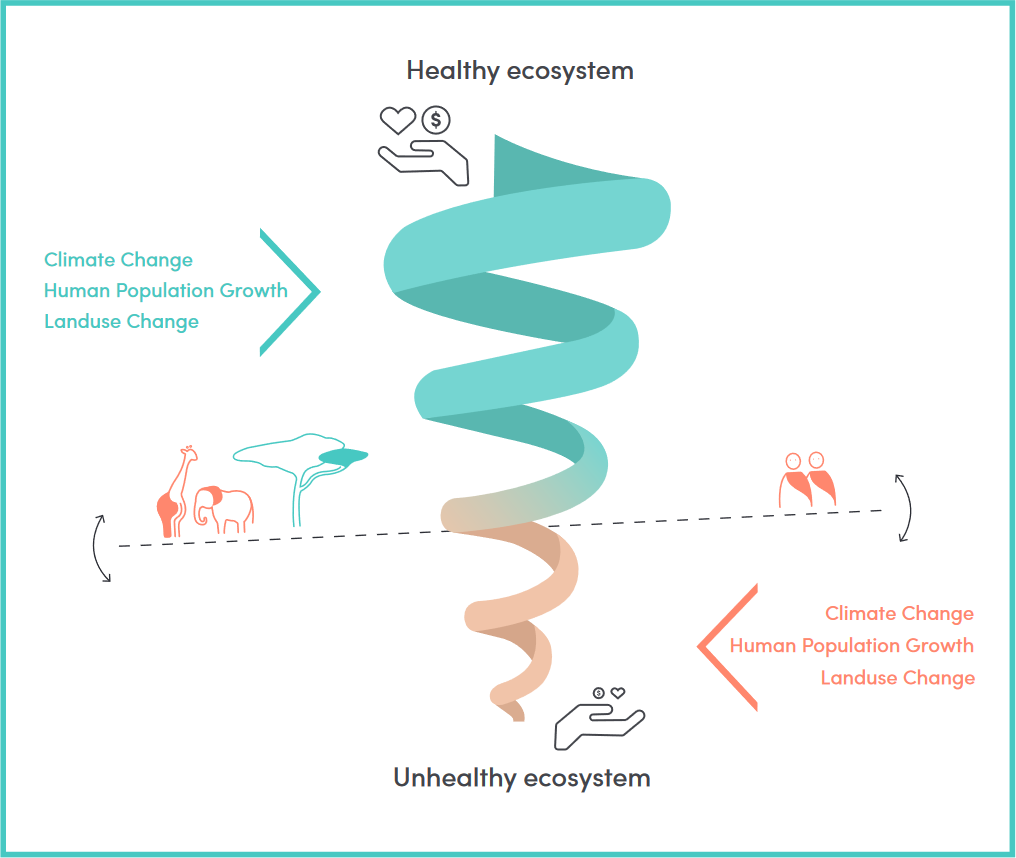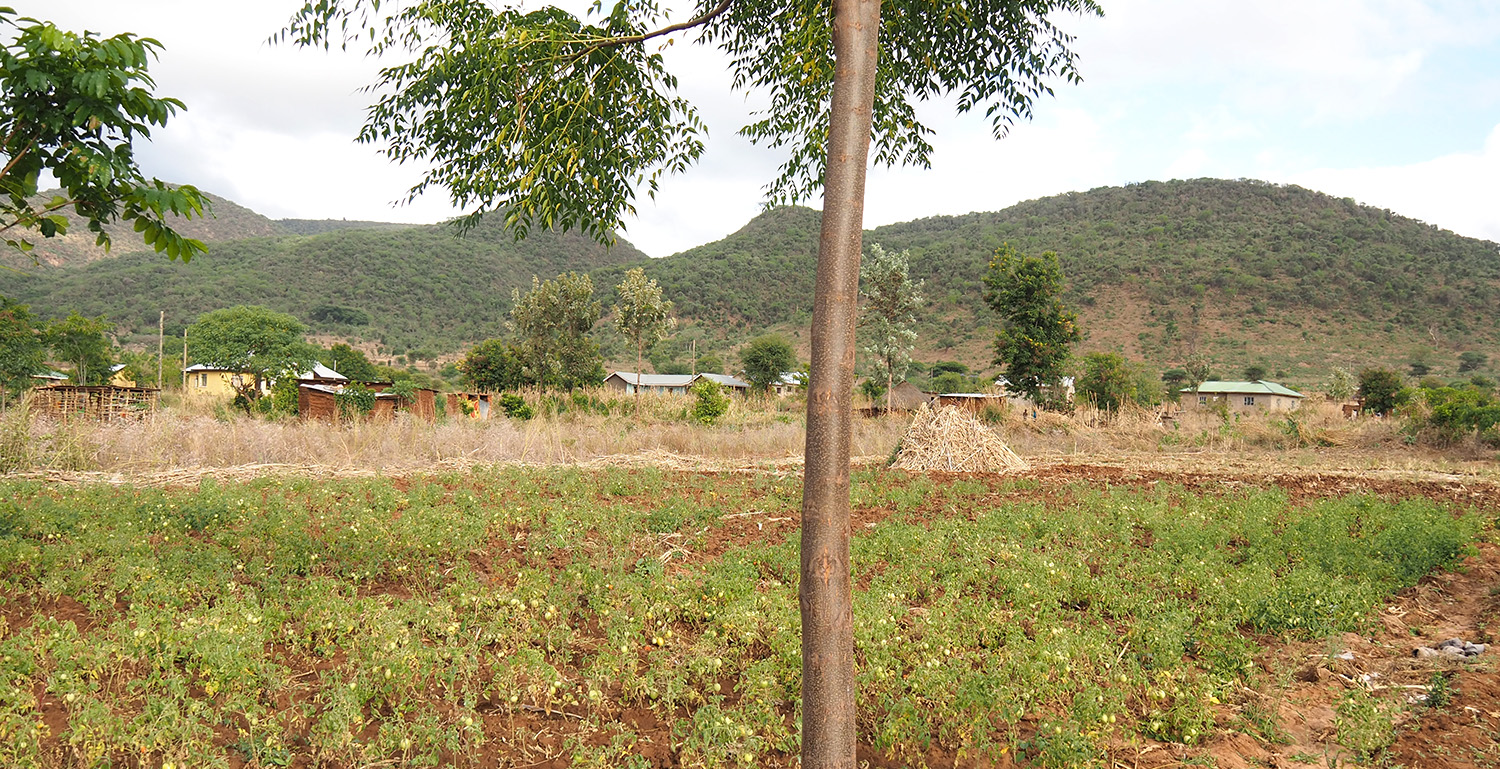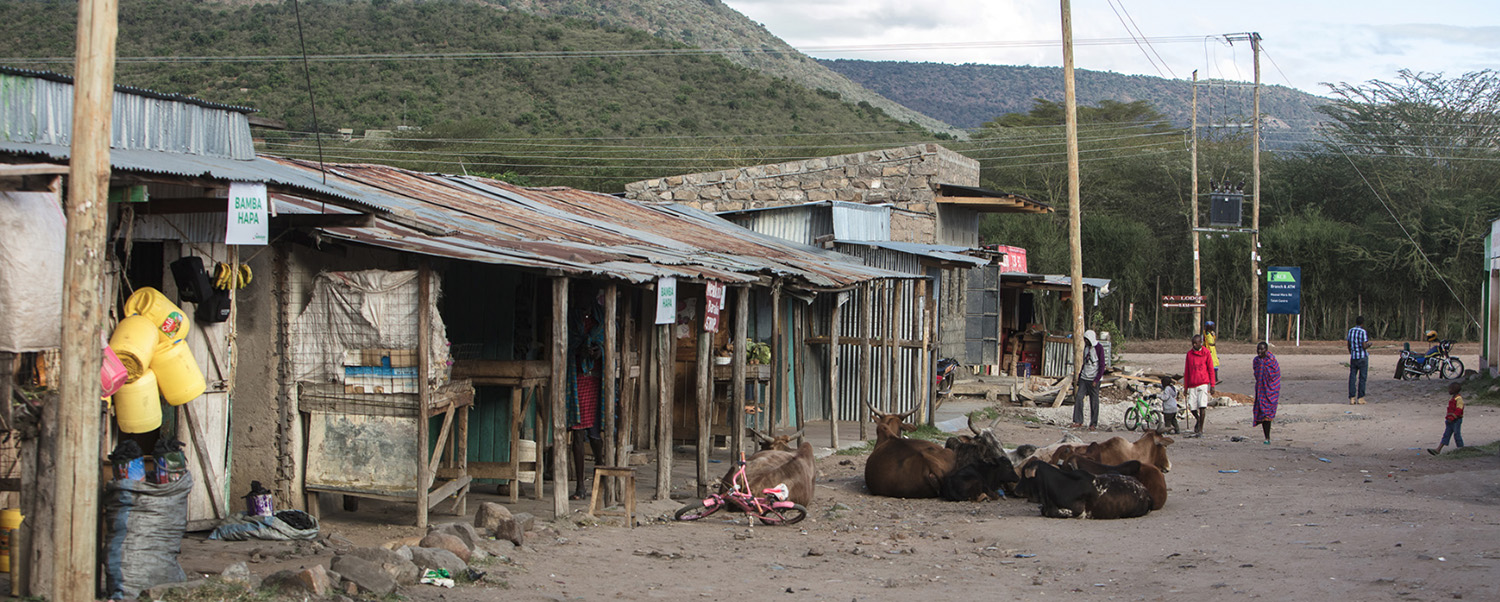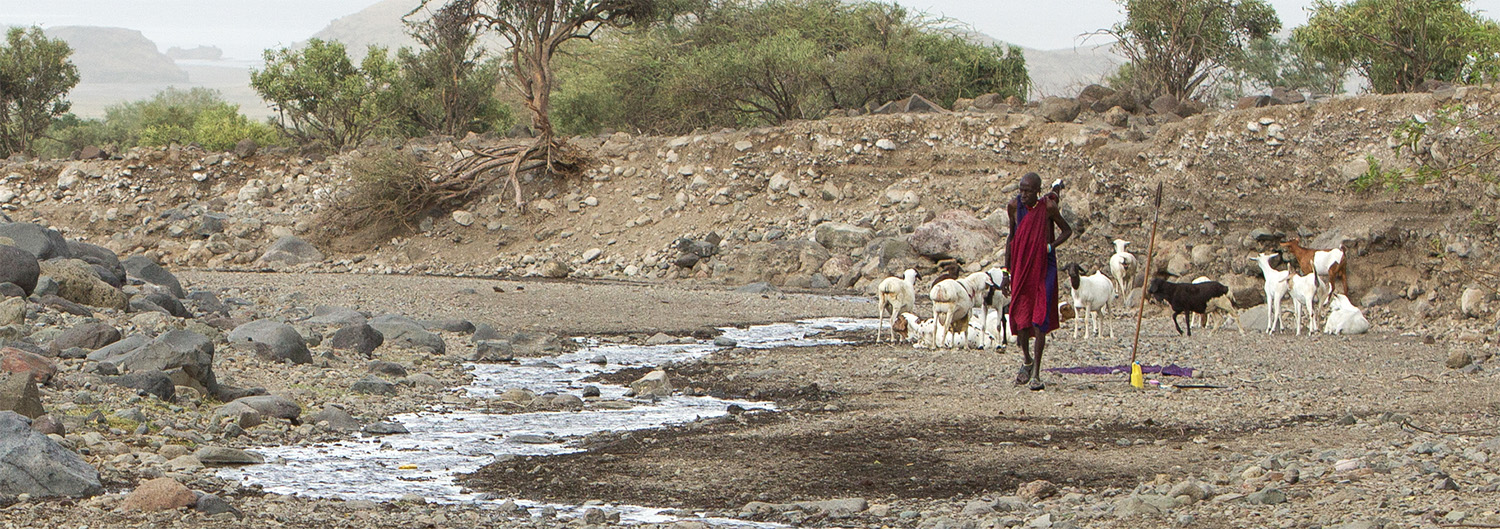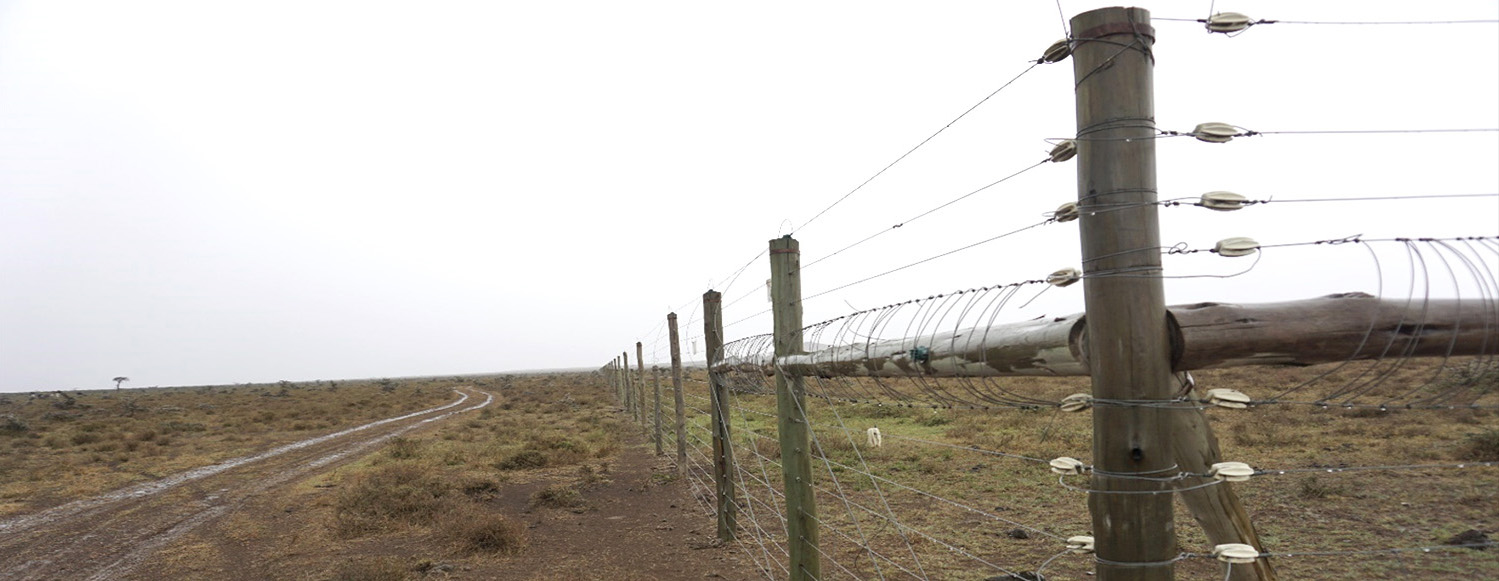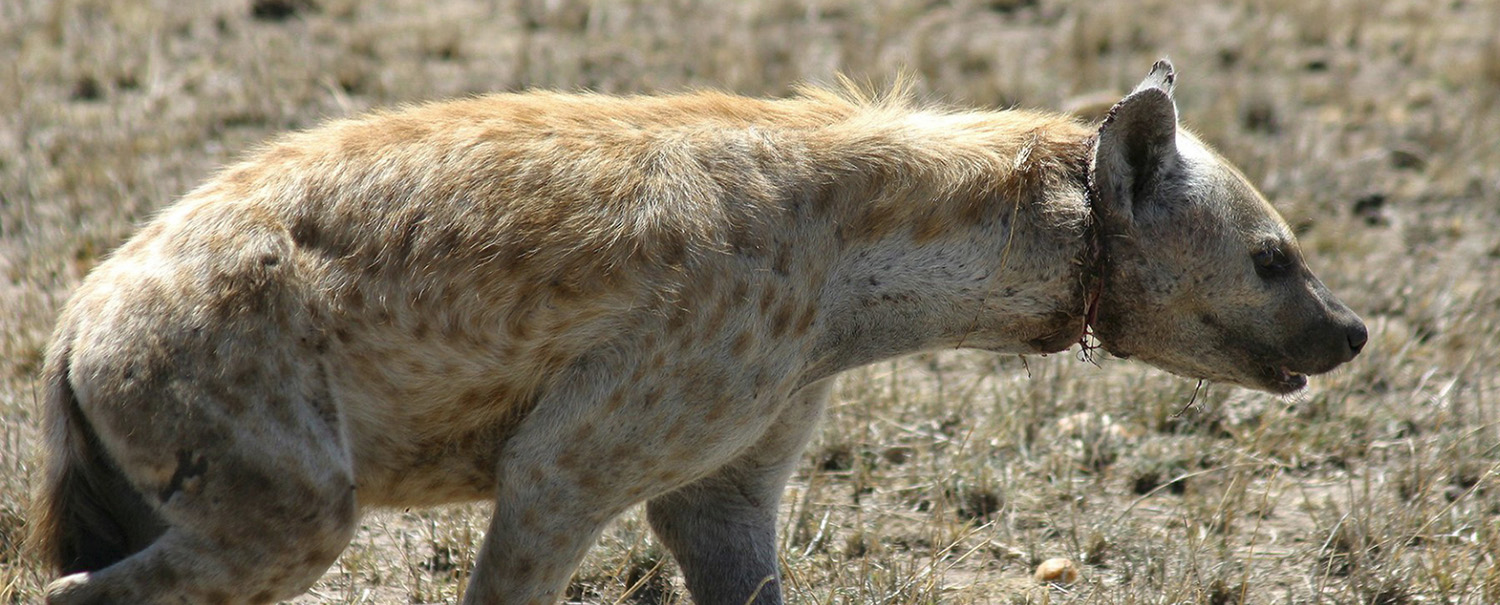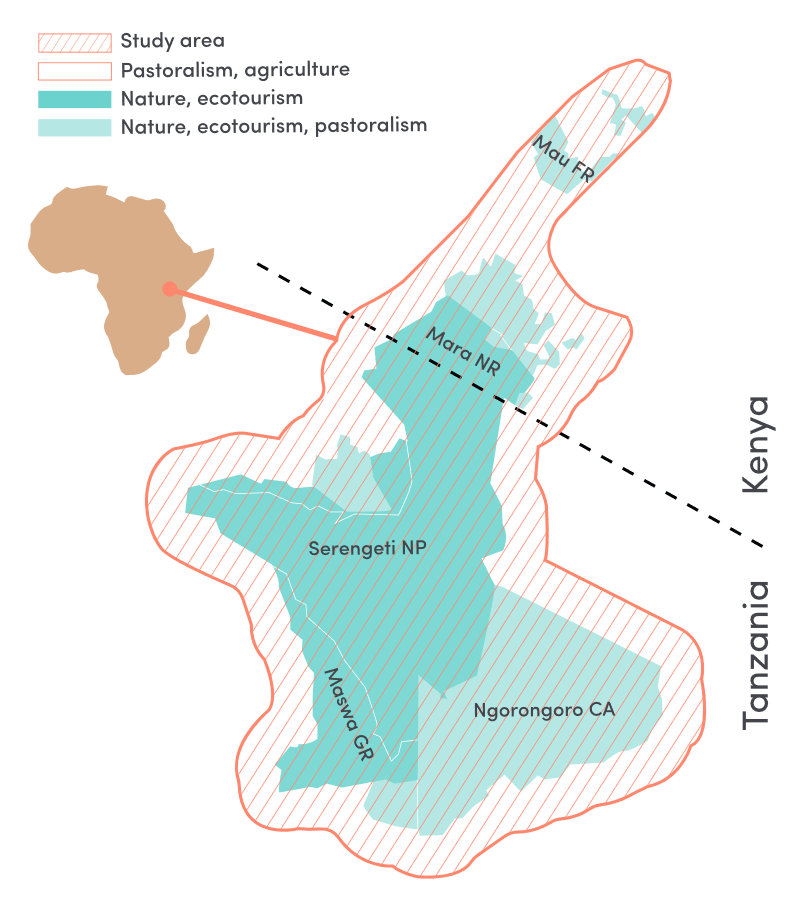What drives change in the Serengeti-Mara Ecosystem?
Research Results
How these drivers change ecosystem services, biodiversity, and human well being?
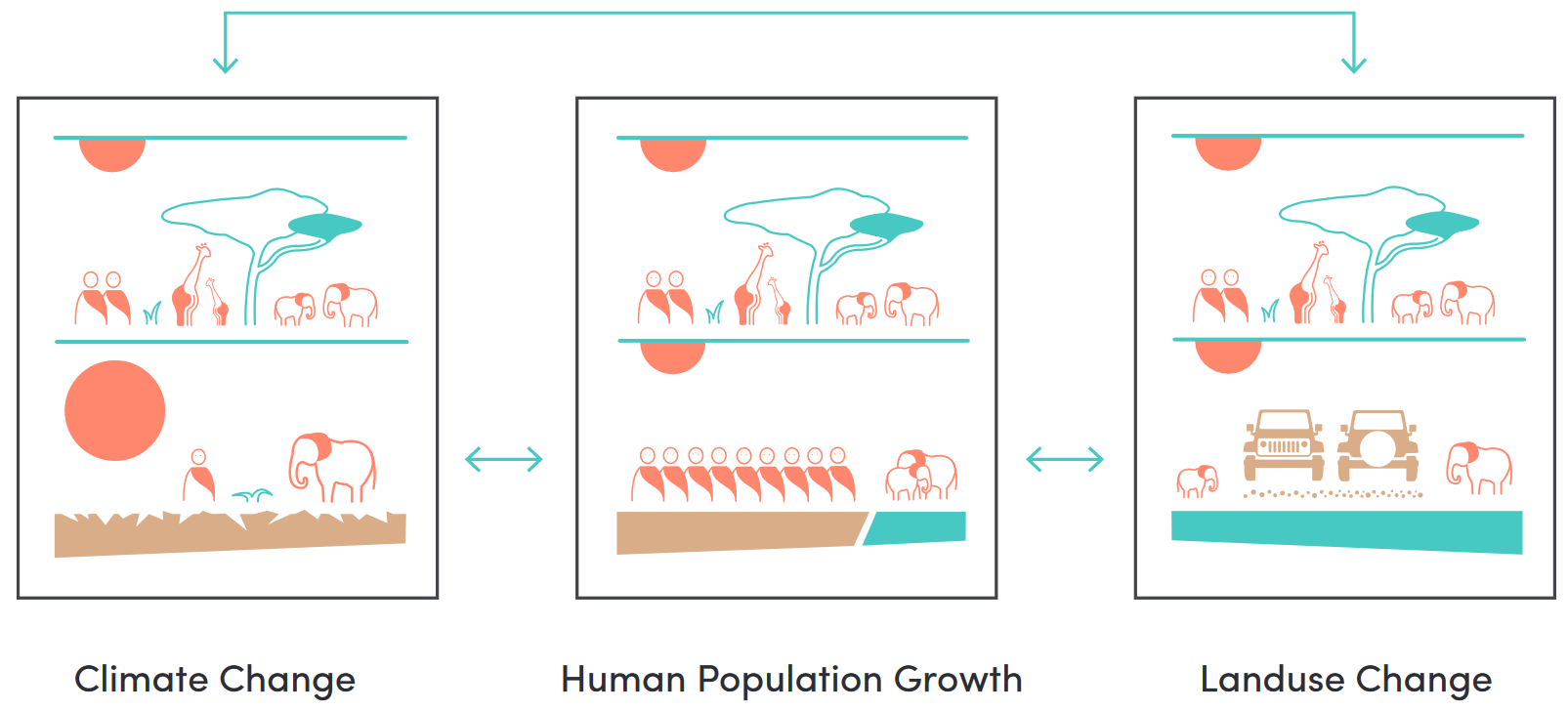
Human-wildlife conflict
- Crop raiding, human attacks, livestock attacks and property damage are forms of human-wildlife conflict
- The severity of conflicts varies across time and season
- Local people see no benefit of Wildlife Management Areas to their livelihoods
- Lions can survive within pastoral regions if communities gain economic benefits from wildlife
- Rhinos’ preferred forage area are limited by frequent fire
Human livelihoods
- Survey involving 1000 homes in 24 communities close to the ecosystem
- Poor people are highly dependent on ecosystem services
- 50-80 % of total household income come from the ecosystem
Quality of water sources
- 94 human water sources tested
- 50 % had bacteria that cause diseases
- Clean water shortage is a health
Land fragmentation
- Most fences are close to major roads & urban centers
- Road and fences are a major cause of fragmentation
- Migratory wildebeest and zebra are increasingly obstructed by a higher number of fences
It will not be long before the Mara is gone
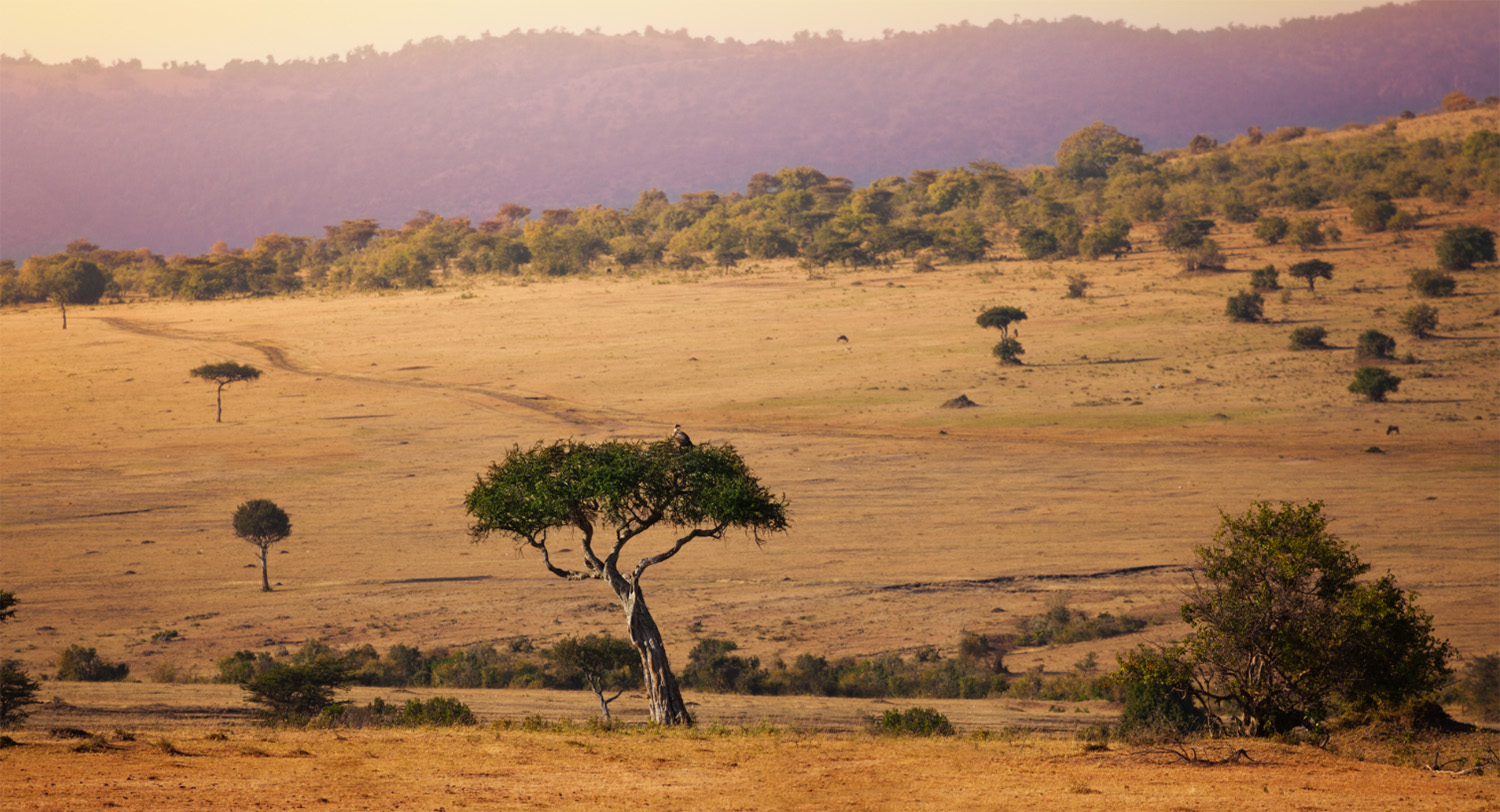
Kenya’s wildlife has decreased by nearly 70% in under 40 years due to:
- Sheep and goats are increasing (76%)
- Temperature increase (2°)
- Frequent occurrence of intense droughts
- Increased number of camels
- Fencing and fragmentation
Livestock diseases
- Temperatures, rainfall and extreme events (El Niño) influence disease outbreaks in various, complex ways
- Prevalence of Rift Valley fever, foot and mouth disease, and field fever are influenced by climate change
Human and livestock populations
- Human and livestock population growth affect the stability of the ecosystem
- In areas with weak border control, livestock has moved further into the park
- The range of the migratory wildebeest is being squeezed inside the park
- Annual fluctuations in rainfall affect animal population and biodiversity (data from 1935 to 2015)
Illegal Hunting
- Much higher in Tanzania than Kenya
- Illegal hunters are adapting to improved patrolling to reduce the chance of being arrested
- Illegal bush meat consumption is highest close to the park
Nutrients in Soil
- Land use, tree canopies, and root decomposition influence nutrients in soil
- Fire and large mammalian herbivores are direct influences on root decomposition
- Root decomposition in savannas also depends on termites that feed selectively
Drivers & Recommendations
- Encourage communities towards sustainable income activities (chicken farming, fish production, eco-tourism)
- Increase education to engage people into labour force and business activities
- Increase knowledge related to conservation and disease recognition
- Increase involvement in tourist activities to reduce pressure on land and use of livestock
- Make it easier for communities to benefit from wildlife and other natural resources (attitude change)
- Reduce pressure on tall trees to stimulate plant growth and soil quality (and resilience)
- Reduce pressure on forest products by developing cheap and alternative energy sources (cooking equipment and solar power)
- Develop cheap water treatment equipment
- Assist in developing sustainable land use plans
Tools we have developed
- ‘Serengeti animal tracker’ mobile app
- ‘Serengeti Dawn’ Board game
- ‘Serengeti ServiceScape’ app for management strategies
- ‘Serengeti ServiceScape’ app for management strategies
- Data Repository
- Searchable upload service
These are preliminary recommendations.
A synthesis of links between the drivers, ecosystem services, biodiversity and human well being is to come!
A synthesis of links between the drivers, ecosystem services, biodiversity and human well being is to come!
Download PDF version
What drives change in the Serengeti-Mara Ecosystem? – Drivers & Recommendations (PDF)


